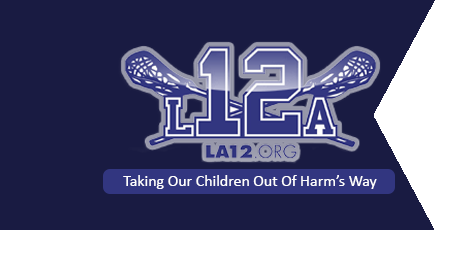After girl’s death, mother strives for school CPR training
February 17, 2012
Look for Warning Signs of Sudden Death in Kids
March 26, 2012Joins effort to enact lifesaving legislation
By Henry L. Davis
NEWS MEDICAL REPORTER
Published:March 25, 2012, 10:27 PM
Updated: March 26, 2012, 7:38 AM
Would more timely CPR have saved Emily Adamczak’s life as she lay on a soccer field in Akron?
That question lingered so much for her mother, Annette, that she became a vocal advocate for CPR training in schools after Emily’s death from cardiac arrest in 2009.
She helped push Akron High School, where Emily was a freshman, to train the entire student body earlier this year in basic cardiopulmonary resuscitation during physical-education classes.
Now she has joined a statewide lobbying campaign for legislation to mandate CPR training, as well as instruction in the use of automated external defibrillators, or AEDs, in high schools across New York.
“We teach kids about safe sex and how to be a good parent, but we’re not giving them lifesaving skills,” Adamczak said.
< span style=”font-size:12.0pt;”>
Currently, New York education law allows CPR instruction to be offered in high school health classes but doesn’t require it.
A bill in the State Legislature that would mandate such training is sponsored in the Assembly by Harvey Weisenberg, D-Long Beach, and in the Senate by James S. Alesi, R-Perinton. The legislation, which has failed to move forward to a vote in the past, is in the Education committees in both houses.
Adamczak and others backing the bill say that CPR has changed and that it is easier to perform and teach today.
The purpose of CPR is to circulate oxygenated blood — not to start the heart — and keep the brain and other organs alive long enough until defibrillation and other advanced care can be performed to restore a normal heartbeat.
Nearly 300,000 out-of-hospital cardiac arrests occur annually in the United States. Survival rates vary widely by region, but the overall average is less than 8 percent.
In 2010, the American Heart Association revised its CPR guidelines. It recommended that untrained bystanders start chest compressions, instead of first clearing the airway and then performing mouth-to- mouth breathing, until an automated external defibrillator arrives to deliver a shock to the heart.
The organization made the change as a result of growing concern that bystanders were reluctant to get trained and perform the old CPR approach for a number of reasons, such as their own panic in such situations and anxiety over potentially harming a person, and apprehension about disease transmission and doing the procedure incorrectly.
Fewer than 1 in 3 victims of a cardiac arrest outside of a hospital receives lifesaving help from a bystander, according to several studies. However, nearly half of cardiac arrests are witnessed by someone, suggesting that more widespread training in CPR c ould improve the chances that bystanders will take action.
Still other studies show that more people are likely to do CPR if it involves only chest compressions and that more people are likely to take action if they have received training in CPR. Research also indicates that the simpler chest-only CPR significantly increases the willingness of bystanders to quickly perform CPR and, as a result, greatly improves survival rates.
“You can double or triple survival rates for the little time and cost it takes to train people,” said Julianne Hart, state director of advocacy for the American Heart Association.
Three states — Alabama, Iowa and Rhode Island — mandate CPR training in schools, according to the American Heart Association.
A key rationale behind efforts to make it a high school health class requirement is that the more people who know CPR and are comfortable using it, the more likely it is that survival rates will continue to improve, Hart said.
Opposition to requiring training centers on the cost to schools and the time that would be required. It’s considered an unfunded mandate at a time when school budgets are being cut and the curriculum is jampacked. “CPR is an important issue, and this is a laudab le goal, but we oppose a mandatory requirement,” said David Albert, spokesman for the New York State School Boards Association.
“Local districts should have the option of offering the training, as they do now, and the curriculum should not be mandated by the Legislature,” he said. “There have been many bills over the years to mandate courses for various things. Many are laudable. But there is only so much time in the school day.”
In response to opposition, Hart said that hands-only CPR can be taught in about 30 minutes and that training equipment is not expensive. Some CPR training kits cost less than $30 and can be reused.
She also said the bill requires only that students learn basic CPR skills and does not mandate certification in CPR, which involves a four-hour course taught by a certified instructor.
For advocates such as Adamczak, CPR would be a reasonable addition to the high school health class curriculum.
Her daughter, Emily, was a 14-year-old freshman when she suffered cardiac arrest while playing soccer in an in-house recreation program at the Akron Falls Park Sports Complex. Emily was active in sports, including soccer, swimming and track, but also suffered from a heart condition and was under a doctor’s care.
Five minutes elapsed before a bystander who knew CPR got to Emily, vastly reducing her odds of survival.
“That was too long,” Adamczak said. “If we had started CPR or gotten an AED to her more quickly, it might have been a different outcome.”

